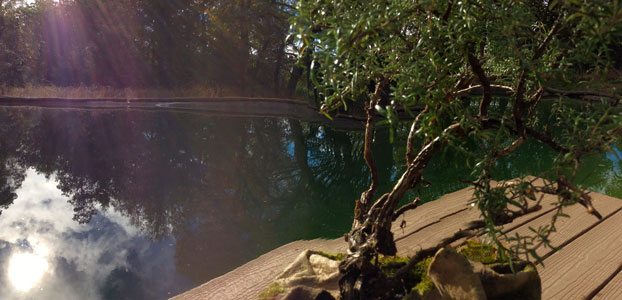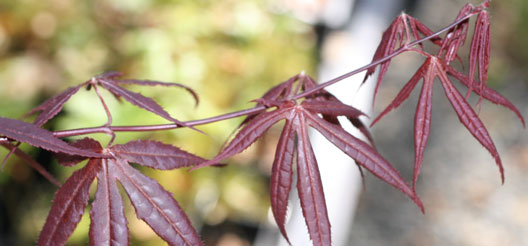Rosemary bonsai

On sale now
You may be intrigued by
bonsai but are uncertain you have both the skill and the
patience to own one. A rosemary bonsai may be just what you are
looking for.
The rosemary is hard to kill,
responds well if you trim off too much and does not take twenty
plus years to grow.
Rosemary is easy to harvest (Gorizia is my favorite culinary
variety) - just take a pinch of needles and place them in your
pasta sauce. My Sicilian Nana often sent me out into the backyard
to collect sprigs for a chicken roast or for her pasta sauce. I
like a lot; why not find out how much you like?
The rosemary also makes a nearly indestructible bonsai - it
prefers a cascading style or a windswept style. Even if it looks
bad, it looks good. It recovers well from abuse. In fact, the
scrub’s tendency to rebranch and spread will keep you regularly
nipping at that fresh growth - while it yields fresh sprigs for
the kitchen. Keep an eye on how the main and lateral branches
look; that is where the shape and character of your rosemary
bonsai will develop. Plant in a tall urn-like pot for the
cascading look and in a broad low pot for the more controlled
bonsai look.
Our rosemary bonsai are about 8 inches high, with a cloth wrapped
root ball about
6-8 inches thick (ready for your low, squat pot. They are about 1
2 inches across. We recommend immediate planting. If you want to
continue the "bonsai look ", plant your bonsai in a low profile
pot for the typical " dwarf tree" form or plant it in a tall urn
shaped pot and let your bonsai cascade. Your plant comes prepped
for the low profile pot. Do not plant in the ground unless you
want your rosemary to just go for it - it will become quite
vigorous and difficult to keep trimmed.
Basic care -
The
pungent, resinous, perennial, evergreen shrub Rosemarinus
officinalis, commonly called rosemary, does well on a rocky slope.
They don’t particularly like heavy soils and they can do without
lots of water. Keep
the fertilizer to a minimum. Expect them to get 2’ high
and 3’ or more broad, unless your regularly trim them. Their
blossoms are a lovely pale blue.
The leaves are thick and leathery needles that provide an attractive background for these small blue or pink flowers. Since the plant has Mediterranean origins, you will need to bring it inside if the weather drops much below 20 degrees - keep it in a pot and bury the pot in the ground during the summer if you get cold winters. Here in northern California I plant them in the ground (Zone 9). They make a great ground cover. And they have handled down to 17 degrees.
You will need to regularly trim your
rosemary bonsai. The plant recovers quickly, so do not worry if
you make a mistake. Keep the down hanging growth and the young
fresh growth reaching up both trimmed. This will keep your bonsai
looking good. If you keep your new tree on an inside table, spray
it with water regularly - don't let them get too dry.
Hardiness zones 9. Containers need a
well drained soil mix. Like most plants, soggy soil is a no-no,
but don’t let these cuties go dry - they need consistent moisture
to prosper. Be patient.

